Get the latest recap of JSE news in the Ghost Wrap podcast, brought to you by Mazars:
Discovery creates a single global Vitality reporting structure (JSE: DSY)
The group has put a lot of effort into building Vitality offshore
Currently, Discovery is structured into three “business composites” – or segments, for the rest of us plebs who don’t spend our days dreaming up unnecessary terms. These are Discovery South Africa, Vitality UK and Vitality Global. The group has now decided to combine Vitality UK and Vitality Global into a single segment (ahem, composite) called Vitality.
Neville Koopowitz, who currently runs Vitality UK, will run Vitality. Barry Swartzberg was the CEO of Vitality Global and he will now work directly with Group CEO Adrian Gore to drive the group’s organic growth. In other words, he’s very important but there isn’t really a defined role for him, so Swartzberg will be the Chief Get Sh*t Done Officer when it comes to strategic projects. That can be a very important role in large corporates. I’ve seen it myself.
It seems like the main driver of this is to combine the IP, technology and data across the Vitality ecosystem into a coherent reporting structure. They are happy with the growth in the Vitality Shared-value Insurance Model and the idea is to now accelerate that story into global markets.
Glencore takes a bold stance on its coal assets (JSE: GLN)
Shareholder consultations seem to have shown a more sensible approach to ESG
You might recall that Anglo American once upon a time unbundled a company called Thungela. As coal prices increased, so too did the value of Thungela – especially since it was unbundled at a giveaway price. Although Anglo shareholders technically didn’t lose out unless they dumped the Thungela shares, some of Anglo’s troubles today would’ve been reduced by having such a cash cow in the group.
Also, it’s not like the world is somehow better off for that deal. All that happened is Anglo gave the dirty assets away. They weren’t shut down or made more environmentally friendly purely because of the deal. This is a very important point to understand.
Glencore is taking a different approach and I admire them for it. Rationality is finding its way into ESG.
Important context here is that Glencore released a Climate Action Transition Plan that deals with a responsible thermal coal decline strategy. This strategy would take place regardless of whether Glencore keeps all its assets in one group or splits itself in two, with “clean” metals on one side and “dirty” commodities on the other.
Keeping the assets together in one place means that the cash profits from the coal and carbon steel businesses can be used to invest in the transition metals. In other words, the exact opposite of Anglo’s strategy. Glencore also notes that shareholders were concerned about whether a valuation uplift from a demerger would happen. Naturally, Glencore has the benefit of hindsight here based on what happened with Anglo and Thungela.
I am pleased to see that some sanity is being applied to ESG considerations. People love to focus on the “E” and forget the “S” completely, usually because it’s easy to shout about the environment from the comfort of a warm home where you can afford energy. For the poorest of the poor impacted by energy costs, a responsible approach to coal management is vastly more useful than trying to shut it down overnight.
Separately, Glencore released its interim results. It’s quite ironic given the above update that lower thermal coal prices were a major drag in this period, leading to group adjusted EBITDA being down by 33%. Although funds from operations were 9% higher at $4 billion, this was assisted by the timing of tax payments.
By the time we got to the bottom of the income statement, we find the nasty outcome of a net loss to equity holders of $233 million, driven by $1 billion in impairments. This is a non-cash expense, but obviously talks to shareholder value going the wrong way.
At least net debt is down at $3.6 billion, a significant improvement from $4.9 billion at the end of 2023. The second half is going to see a major outflow for the Elk Valley Resources acquisition, with Glencore likely to be sitting close to the net debt cap of $10 billion. The cap is self-imposed and relates to the dividend strategy, with the company noting that there’s still a good chance of shareholder distributions above the base cash distribution in February 2025.
Impala Platinum’s earnings have collapsed (JSE: IMP)
The situation in the PGM market desperately needs to improve
Impala Platinum has released a production update and trading update for the year ended June. Let’s get the earnings out the way: with a drop in the dollar price per 6E ounce of 34% (only slightly offset by a weaker rand), it was never going to be a happy story. It still comes as quite a shock to see HEPS down by between 86% and 90% though. At these PGM prices, the business isn’t lucrative. At least there’s still a profit, I guess.
Where there is a loss – and a large one at that – is in basic earnings per share. This number is impacted by impairments and there were many of them, adding up to R19.8 billion in total. For reference, headline earnings will be between R1.9 billion and R2.8 billion for the period. The impairments are huge and reflect the state of play in the PGM market.
These tough scenes are despite an increase in production of 2% from managed operations on a like-for-like basis. Group production (i.e. from all operations) declined by 1% on a like-for-like basis. If you include Royal Bafokeng in the numbers, then total production was up 13%. Sadly, more production into an environment of plummeting prices doesn’t solve the problem, although it’s certainly better than a drop in production and prices.
The company really can’t catch a break at the moment, with improved electricity supply in South Africa on one hand and a deterioration in supply in Zimbabwe on the other.
The other problem is that mines cannot simply cut capital expenditure when times are tough. Impala Platinum actually accelerated its capex, up to R14 billion from R11.5 billion in the comparative period. That is a very large number compared to headline earnings in this period of R1.9 – R2.8 billion. That capex number wouldn’t have looked so bad compared to the R19.8 billion in headline earnings in the comparative period.
Profit margins have gone the wrong way at the JSE (JSE: JSE)
It’s always a fun moment for market newbies to learn that the JSE is listed on the JSE
The JSE is a company that owns, among other things, the JSE. It is therefore listed on its own product. Fun, right?
Less fun is the fact that revenue only grew by 4.3% for the six months to June, with expenses up by 6.4%. You don’t need to get the calculator out to know that margin has therefore contracted, in this case by 200 basis points in the case of EBITDA. At a 42% margin, it’s still a very profitable business.
Due to various other moves on the income statement, HEPS was only down by 0.2%. That’s not bad in the context of a 12% drop in equity trading activity, a situation that I am certainly hoping will improve with elections behind us and hopefully lower interest rates in the not-too-distant future. The JSE has highlighted an improvement in trade in Q2 and in July, which is certainly encouraging for us all.
The JSE had a cash position of R1.8 billion as at the end of June and bond investments of R485 million. They are required by regulators to maintain substantial levels of capital, with ring-fenced and non-distributable cash and bonds worth R1.34 billion.
MTN is now heavily loss-making (JSE: MTN)
If you paid attention to the MTN Nigeria results, this won’t come as a shock
MTN has released a trading statement for the six months to June and I’m afraid that it tells a sad and sorry story. Despite a resilient performance in South Africa and good stuff in Ghana and Uganda, the results from Nigeria severely impacted the group result. MTN really does love playing life on hard mode, as they even have an investment in Sudan that is being impacted by ongoing conflict.
For the six months, HEPS has swung into the red in a big way, coming in at between -271 cents and -217 cents. This compares to positive HEPS of 542 cents for the first half of the previous financial year. Remember, HEPS doesn’t even take into account various issues like impairments, although it also doesn’t consider the gain on disposal of a subsidiary. What it does include is massive foreign exchange losses of -519 cents per share, of which Nigeria alone is -389 cents.
If there’s any good news in this update, it’s that the negotiations between MTN Nigeria and IHS Nigeria have been successful in terms of reducing the US dollar-indexed component of the leases. They are now linked to the Nigerian naira and escalations are capped by a calculation based on Nigerian inflation. Technology-based pricing has also been removed. I’m sure it will help a bit with the situation in MTN Nigeria, but won’t solve the problems by itself.
And in other news that certainly won’t move the dial, MTN is selling the business in Guinea-Bissau. I really don’t understand why they even own something like that in the first place. MTN needs to focus.
Quilter signs off on an excellent six months (JSE: QLT)
Record adjusted profit – now that’s a win
In my opinion, Quilter is one of the best rand hedges on the JSE. It’s just a really good company following a consistent strategy in an appealing market. The benefits are clear to see in the interim period, with adjusted profit up by 28% and coming in at record levels.
Assets Under Management and Administration (AuMA) is the lifeblood of this business. Quilter is focused on distribution as well as asset management, which means that net inflows have a much better chance of success than in traditional models that don’t have distribution. A similar example in South Africa is PSG Financial Services, another company that I like. At Quilter, AuMA is up 7% since December 2023. Aside from positive market movements of £5.6 billion, they also had net inflows of £1.5 billion. That’s much better than net inflows of £0.2 billion in the comparable period.
With operating margin improving by 500 basis points to 29%, Quilter is doing an excellent job of converting flows into profits. If you read carefully, you’ll see that revenue only increased by 5%, so much of this growth has come from cost discipline and efficiencies as the platform scales. They’ve now managed to achieve a drop in interim period costs for the third period in a row. This can’t carry on forever of course, but it’s great to see.
Diluted HEPS more than doubled from 0.4 pence to 0.9 pence per share, but Quilter focuses on adjusted diluted earnings per share which grew 21% to 5.2 pence. The interim dividend showed a more modest increase of 13.3% to 1.7 pence per share.
The share price is up by a fairly spectacular 73% in the past 12 months and 22% year-to-date. When a strategy works, the market celebrates!
Little Bites:
- Director dealings:
- A director of Raubex (JSE: RBX) has sold shares worth R8.5 million. This is distinct from other sales of shares by directors as a result of share-based payments vesting. It’s quite surprising to see this in the context of the GNU sentiment.
- A prescribed officer of Zeda (JSE: ZZD) sold shares worth R194k. As a Zeda holder myself, this doesn’t fill me with happiness.
- In one of the smaller trades you’ll see in this section, a director of Stefanutti Stocks (JSE: SSK) bought shares worth just R580. Perhaps he skipped dinner with the family over the weekend and put it into shares instead!
- Things are going from bad to worse for Mantengu Mining’s (JSE: MTU) deal for Birca Copper and Metals. Earlier this week, we learnt that New Venture Mining Investment Holdings won’t sell the mining right to Birca, which was a prerequisite for the Mantengu deal to go ahead. That’s mild compared to the latest update, with various financial and contractual obligations coming to light that put the operations of Birca at further risk. In Mantengu’s opinion, these obligations weren’t disclosed by the sellers of Birca and this could be a breach of the agreement. Birca has now gone into business rescue and it seems like Mantengu has a legal fight on its hands to avoid a very, very expensive mistake here. Deals are risky things.
- For the budding geologists among you, Copper 360 (JSE: CPR) has declared the maiden reserve at Rietberg Copper Mine and has filed the mining viability report. Basically, this is the plan that talks about infrastructure requirements and forecasted production capacity. The TL;DR for those of us who don’t having a mining degree is that the Rietberg Mines Reserves have increased by 50% vs. the previously declared Mining Resource. As their confidence in the resource improves, they expect this to increase further. You may recall the news earlier in the week that underground mining has commenced at the Rietberg Mine.
- Altron (JSE: AEL) announced the sad news that Robbie Venture has passed away. Having been with the company since 1997, he certainly leaves behind a legacy.
- Guess what? There’s ANOTHER Kibo Energy (JSE: KBO) announcement. My day just wouldn’t be complete without one. This time, they’ve shared an update from subsidiary Mast Energy Development that the Pyebridge flexible power generation asset achieved revenue of £57k in its first month. You know it’s a desperate situation when a company announces every single thing that could be possibly be interpreted as positive news.

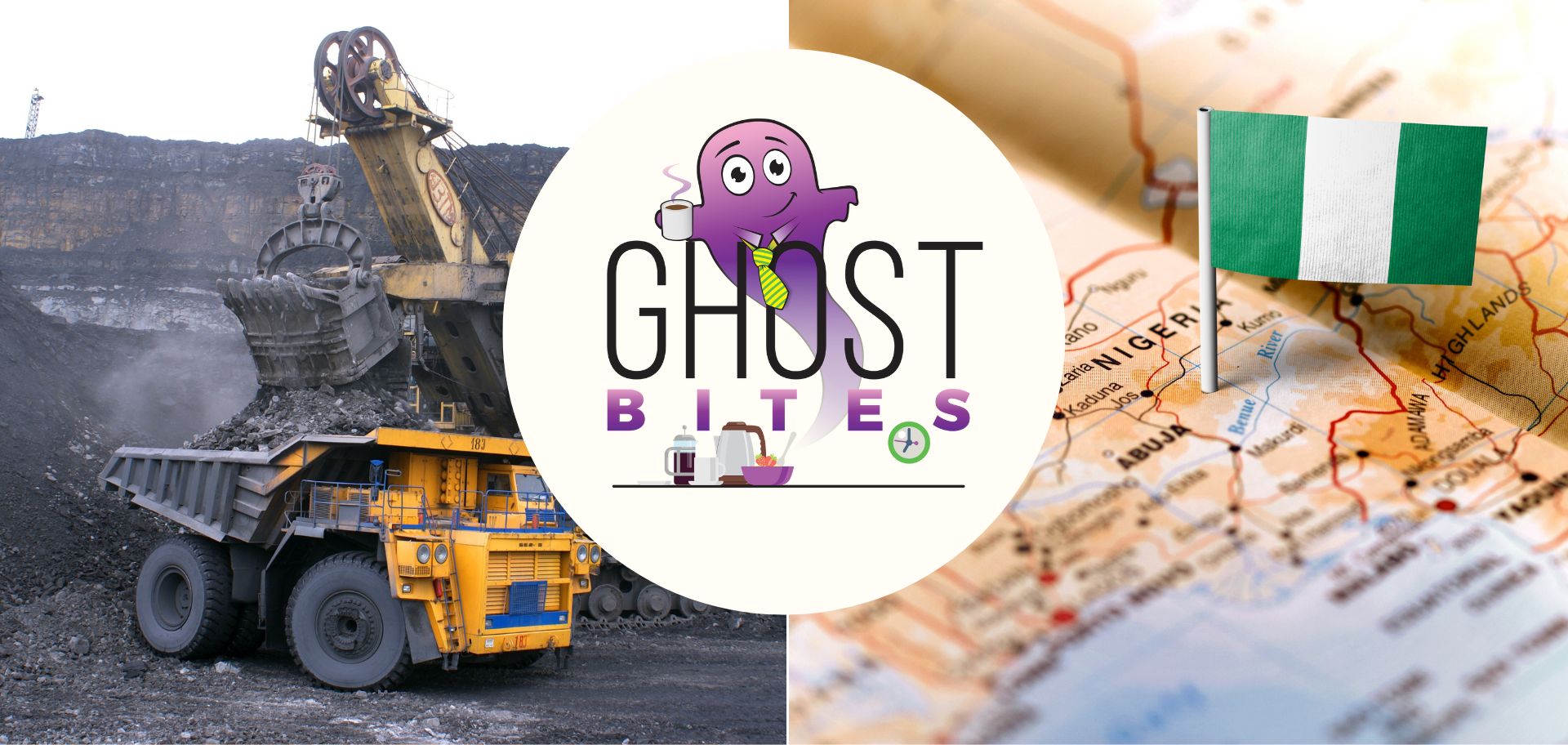



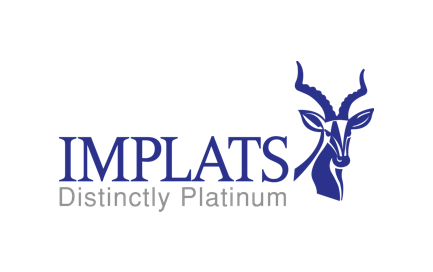
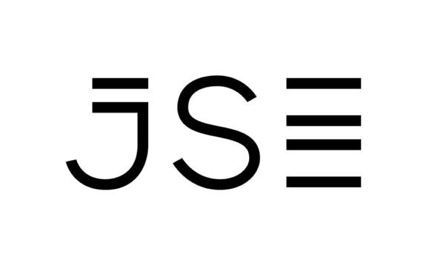
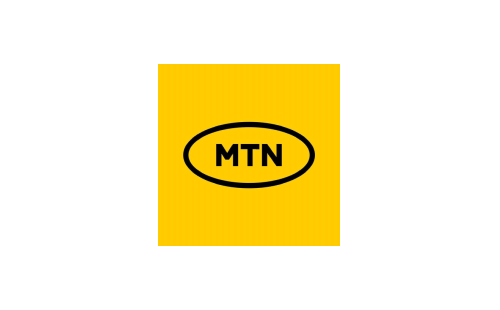
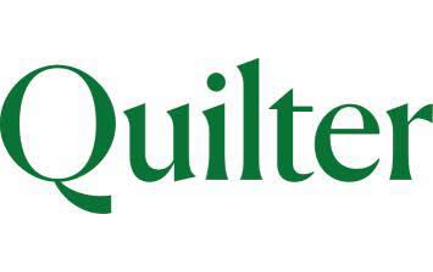
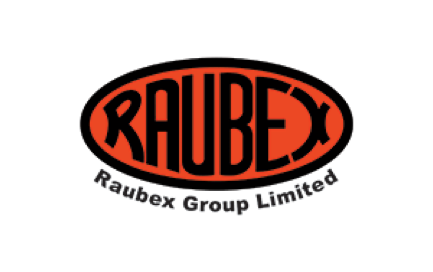
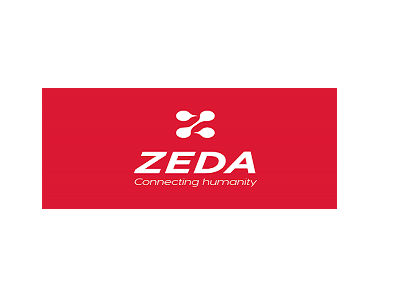
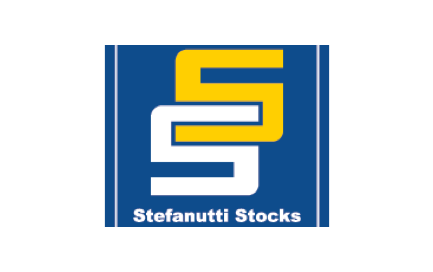
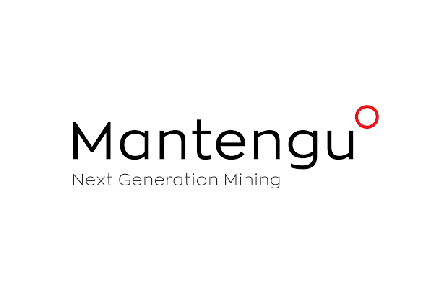

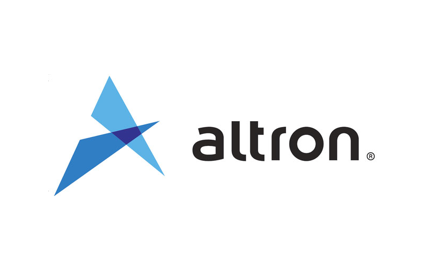
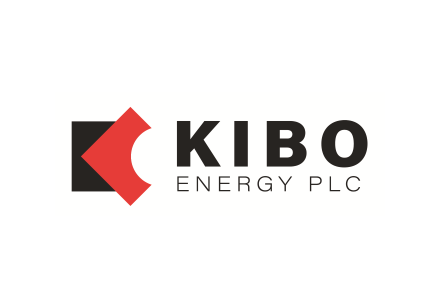


This is a question mark on management. They buy a company 4 months ago and it goes into liquidation 4 months later?
The underlying business seems ok – expecting HEPS of 60cents – ridiculously cheap.